Horses, just like humans, can suffer from the harmful effects of sun exposure. Equine sunburn is more common than many horse owners realize and can lead to significant discomfort and health complications if left untreated. While horses with light-colored coats or pink skin are particularly vulnerable, any horse can experience sunburn under the right conditions. Understanding how to identify, treat, and prevent sunburn in your equine companions is essential for maintaining their health and comfort, especially during the sunny summer months. This comprehensive guide will walk you through everything you need to know about equine sunburn, from recognizing the early signs to implementing effective prevention strategies.
Understanding Equine Sunburn: The Basics

Equine sunburn occurs when a horse’s skin becomes damaged from excessive exposure to ultraviolet (UV) rays from the sun. Similar to humans, horses develop redness, inflammation, and pain in the affected areas. The condition is particularly common in areas with minimal hair coverage or where the pigmentation is naturally lighter. Most frequently, sunburn affects the muzzle, around the eyes, the tips of the ears, and any white markings on the face or body. Horses with pink skin are especially susceptible since they lack the protective melanin that helps shield against UV radiation. Understanding these fundamentals helps horse owners recognize when their animals might be at increased risk of developing sunburn.
Identifying High-Risk Horses
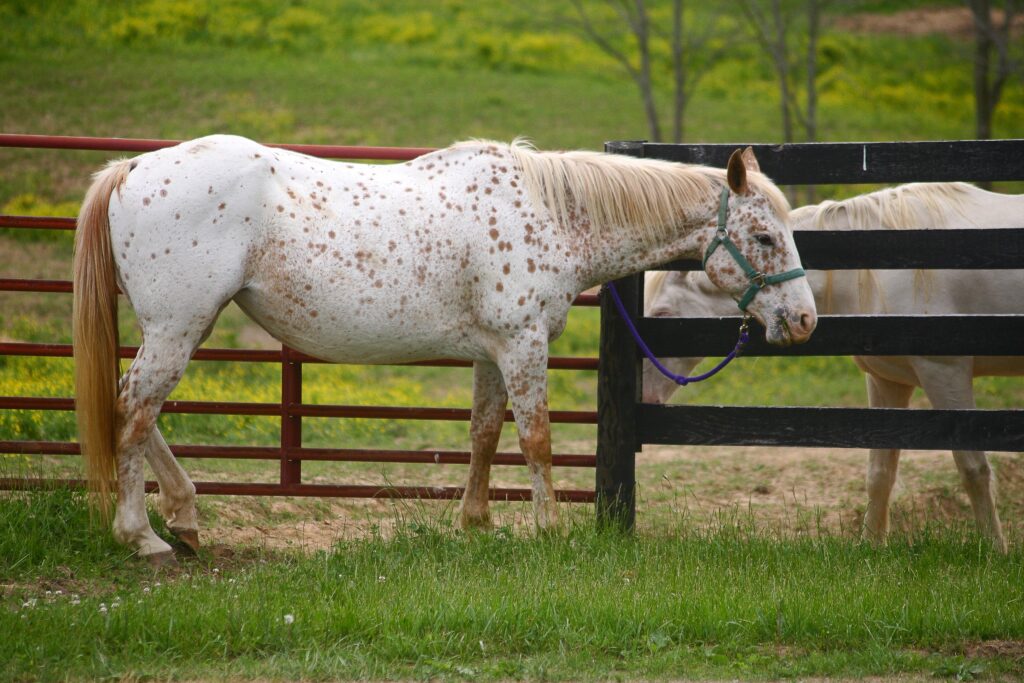
Certain horses have a naturally higher risk of developing sunburn than others. Horses with Appaloosa, Paint, or Pinto coloring often have areas of pink skin that are particularly vulnerable to sun damage. Similarly, gray or white horses typically have lighter skin pigmentation that offers less natural protection against UV rays. Horses with thin coats or those that have been recently clipped may also face increased risk due to reduced hair coverage. Animals with medical conditions that cause photosensitivity, such as liver disease or those consuming certain medications or plants, can experience severe sunburn reactions even with relatively minimal sun exposure. Recognizing whether your horse falls into any of these high-risk categories is the first step in implementing appropriate preventative measures.
Common Areas Affected by Equine Sunburn
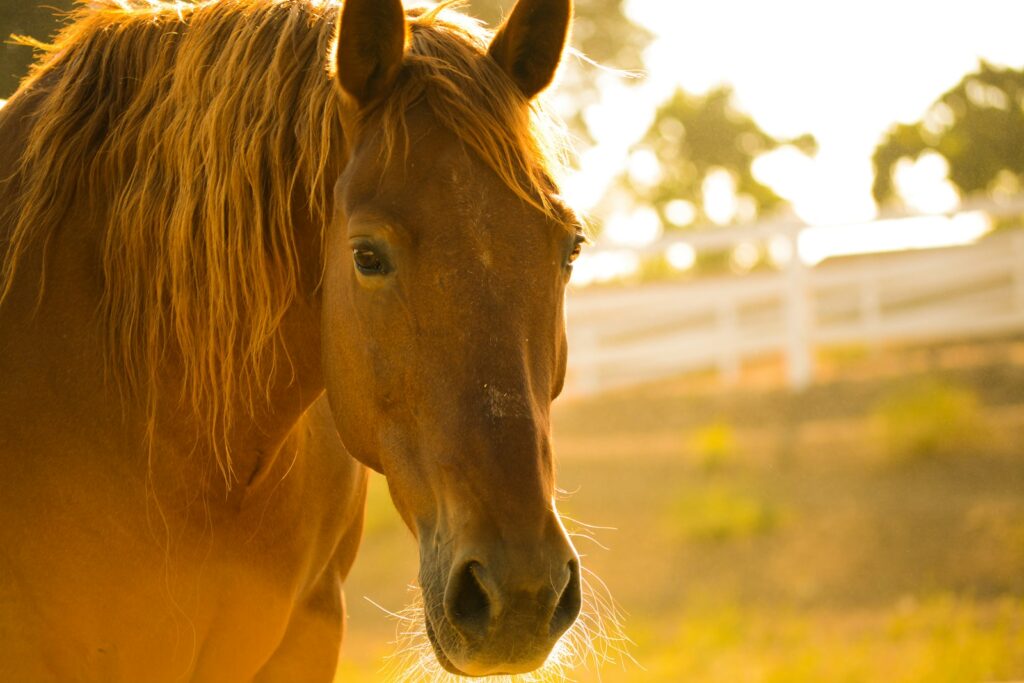
While any exposed skin can potentially suffer from sunburn, certain areas of a horse’s body are particularly vulnerable. The muzzle, especially if it has pink coloration, often experiences sunburn due to its prominent exposure and minimal hair coverage. The areas around the eyes and the tips of the ears similarly have thinner skin and less protection from hair. White markings on the face, such as blazes or stars, typically have pink skin underneath that can burn easily. White socks or stockings can burn when reflecting sun off light-colored surfaces like sand or water. Additionally, areas where the coat has been clipped short, such as along the topline or neck, may also be susceptible to sunburn during periods of intense sun exposure.
Early Signs of Sunburn in Horses
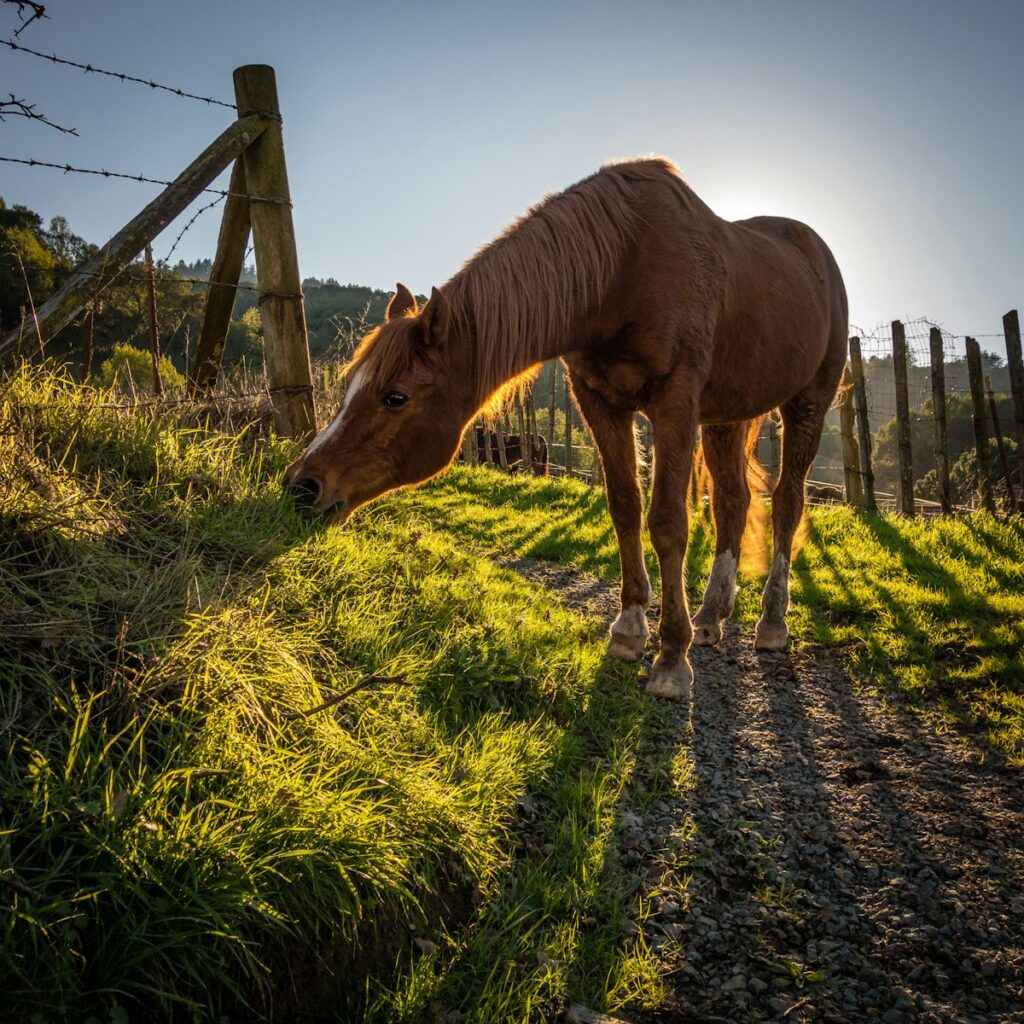
Detecting sunburn in its early stages can help prevent more serious complications and discomfort for your horse. Initially, affected skin may appear slightly reddened or pink, particularly noticeable on areas with white hair or pink skin. Your horse might demonstrate mild discomfort by shaking its head more frequently or attempting to rub affected areas against objects. You may notice increased sensitivity when touching sunburned areas during grooming or tacking up. In some cases, the horse may seek shade more persistently than usual or show reluctance to enter sunny paddocks. Being alert to these subtle behavioral changes and physical signs can help you identify sunburn before it progresses to more severe stages.
Advanced Symptoms of Severe Sunburn

If initial sunburn is not addressed, more serious symptoms can develop that indicate significant skin damage. The affected skin may become intensely red, swollen, and hot to the touch, indicating inflammation beneath the surface. Blistering can occur in severe cases, creating painful fluid-filled lesions that may break open and become vulnerable to infection. The horse may exhibit obvious signs of discomfort such as irritability, head-shyness, or resistance to being handled around the affected areas. In extreme cases, the skin may eventually peel or slough off, leaving raw tissue exposed that’s vulnerable to bacterial infections. Systemic symptoms like lethargy or decreased appetite might emerge if the sunburn is extensive or particularly severe, indicating that the horse is experiencing significant physical stress.
Photosensitivity vs. Regular Sunburn
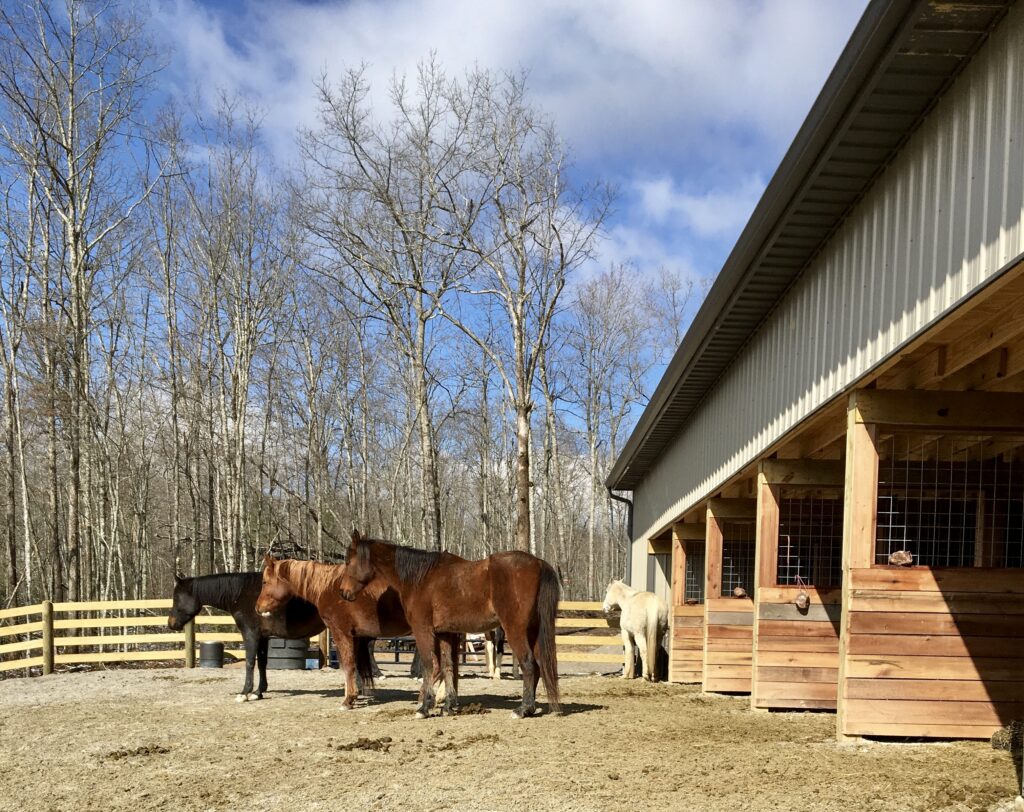
It’s crucial to distinguish between standard sunburn and photosensitivity, as the latter requires different management and treatment approaches. Photosensitivity occurs when certain compounds in the horse’s system react with UV light, causing an abnormal and often severe skin reaction that resembles extreme sunburn. This reaction can be triggered by certain medications like tetracycline antibiotics or by the consumption of specific plants such as St. John’s wort, buckwheat, or clover. Unlike regular sunburn, photosensitivity often affects larger areas of the body and may appear on non-white areas with adequate hair coverage. The reaction is typically more severe than standard sunburn, with dramatic swelling, weeping lesions, and skin sloughing even after relatively brief sun exposure. If you suspect photosensitivity rather than typical sunburn, immediate veterinary attention is necessary to identify and address the underlying cause.
First Aid for Mild Equine Sunburn
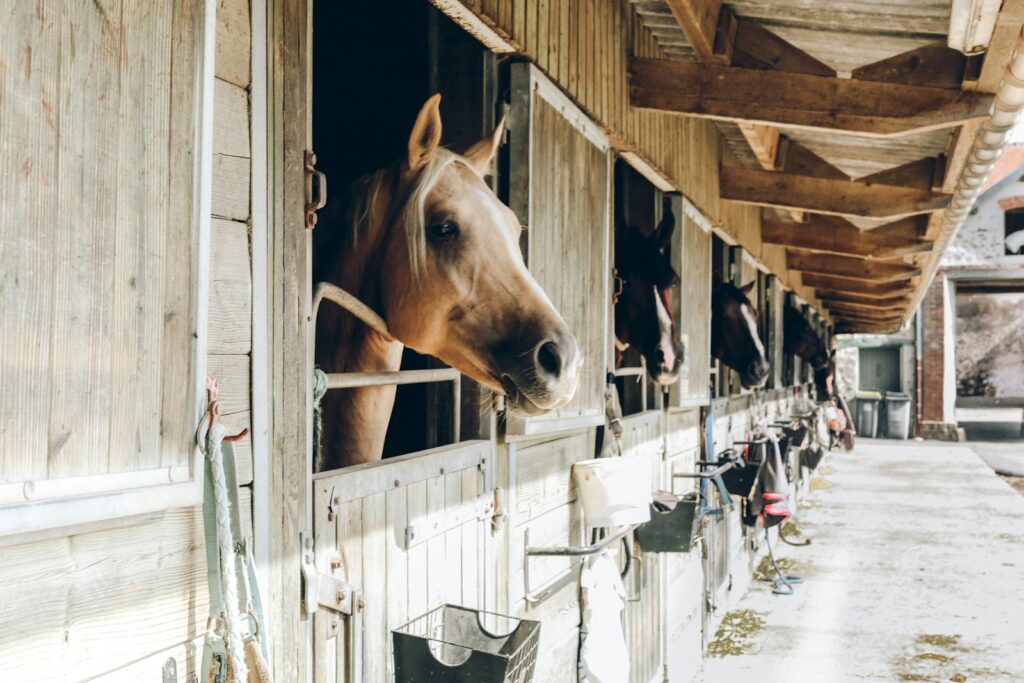
When you first notice signs of mild sunburn, prompt action can prevent the condition from worsening. Begin by moving your horse to a shaded area or bringing them into a barn to prevent further sun exposure. Gently cleanse the affected area with cool water, which helps reduce inflammation and provides immediate relief from the burning sensation. Apply a soothing, veterinary-approved aloe vera gel to the sunburned skin, as this natural remedy helps cool the tissue and promote healing. For continued comfort, cold compresses can be applied for 10-15 minutes several times daily. While treating the sunburn, ensure your horse has unrestricted access to fresh water, as proper hydration supports the skin’s healing process from within.
Veterinary Treatment for Severe Cases

When equine sunburn progresses beyond mild redness to blistering, peeling, or significant swelling, professional veterinary care becomes necessary. A veterinarian will typically assess the severity of the burn and may prescribe topical or systemic anti-inflammatory medications to reduce pain and swelling. For infections that have developed in damaged skin, antibiotics might be necessary, either as topical applications or oral medications depending on the severity. In particularly painful cases, analgesics may be prescribed to keep the horse comfortable during the healing process. For extensive or severe burns, your veterinarian might recommend specialized wound care protocols, potentially including medicated baths or specific dressings to protect the damaged tissue and promote proper healing. Follow your veterinarian’s instructions carefully regarding medication administration and wound care to ensure optimal recovery.
Effective Prevention Strategies

Preventing sunburn is always preferable to treating it after the fact, and several effective strategies can protect your horse. Apply a veterinary-approved, equine-specific sunscreen with an SPF of at least 30 to vulnerable areas like the muzzle, around the eyes, and any white markings before sun exposure, reapplying every 2-4 hours or after sweating. Provide ample access to shelter, either natural shade from trees or man-made structures in all turnout areas, particularly during peak UV hours from 10 AM to 4 PM. Consider using protective gear such as fly masks with UV protection that covers the face and ears, or lightweight fly sheets that shield the body while allowing air circulation. During intense summer months, adjust your horse’s turnout schedule to avoid peak sun hours, perhaps switching to night turnout and daytime stabling. For horses with extensive white markings or those particularly prone to sunburn, some owners have found success with zinc oxide creams as an additional barrier against UV rays.
Choosing the Right Sunscreen for Horses

Selecting an appropriate sunscreen for equine use requires consideration of several factors beyond just the SPF rating. Look for products specifically formulated for horses, as human sunscreens may contain ingredients that irritate equine skin or that horses might lick off and ingest. Water-resistant formulations are preferable since they remain effective longer, even when your horse sweats or gets wet. Opt for broad-spectrum protection that guards against both UVA and UVB rays for comprehensive skin defense. Some equine sunscreens come in stick form, which can be easier to apply precisely to areas like the muzzle or around the eyes. For horses with particularly sensitive skin, hypoallergenic formulations are available that minimize the risk of irritation while still providing effective protection against harmful UV radiation.
Creating Sun-Safe Environments

Modifying your horse’s environment can significantly reduce their sun exposure and risk of sunburn. Evaluate your paddocks and pastures to ensure they contain adequate natural shade from trees or implement artificial shade structures where necessary. Strategic placement of run-in sheds allows horses to seek shelter when they feel uncomfortable in direct sunlight. For barns with windows, consider installing UV-filtering panels that allow light to enter while blocking harmful rays. If natural shade is limited, temporary solutions like shade cloths can be installed over paddocks to create cooler areas during the hottest months. Water sources should always be placed in shaded locations to encourage horses to spend time out of direct sun while staying hydrated. Designing your equine facilities with sun protection in mind demonstrates foresight that benefits your horse’s health year after year.
Seasonal Considerations for Sun Protection

Sun protection for horses requires adjustment throughout the year to account for seasonal variations in UV intensity and duration. During summer months, implement your most comprehensive protection strategies, including daily sunscreen application, limited daytime turnout, and maximal use of protective gear like fly sheets with UV protection. Spring and fall generally require modified protection, particularly during midday hours when UV index is highest, though morning and evening sun exposure may be less concerning. Winter sun can be deceptively dangerous, especially in snowy conditions where reflection significantly increases UV exposure, so don’t completely abandon sun protection during colder months. At high altitudes or in regions near the equator, UV intensity remains high year-round, necessitating consistent protection regardless of season. Understanding your specific climate and its seasonal UV patterns allows you to provide appropriate protection while avoiding unnecessary restrictions on your horse’s outdoor time.
Special Considerations for Show Horses

Show horses face unique challenges regarding sun protection, as their appearance is crucial for competition success. White markings, often prized in the show ring, create vulnerable areas that require diligent protection to prevent unsightly and uncomfortable sunburn. Work with your show schedule to minimize sun exposure before important events, potentially adjusting turnout times or using extra protection in the days leading up to a show. When applying sunscreen before competition, select clear formulations that won’t leave visible residue or discolor white markings. For horses with extensive white areas, custom-fitted UV-protective clothing designed specifically for show horses can provide protection without compromising appearance. Balance sun protection with show preparation by establishing a routine that incorporates both aesthetic considerations and health necessities, ensuring your horse looks their best while remaining comfortable and sunburn-free.
Long-term Health Implications of Chronic Sun Damage

Repeated sunburn episodes can lead to lasting health consequences for horses, similar to the effects seen in humans. Chronic sun exposure can result in premature aging of the skin, causing it to become thickened, less elastic, and more prone to injury over time. In susceptible horses, repeated sun damage may contribute to the development of squamous cell carcinoma, a form of skin cancer that particularly affects areas with white markings and pink skin. Areas that have experienced multiple sunburn episodes often develop abnormal pigmentation, appearing either darker or lighter than surrounding skin. The cumulative damage from UV exposure can weaken the skin’s natural barrier function, making previously sunburned areas more vulnerable to infections and environmental irritants. These potential long-term consequences underscore the importance of consistent sun protection throughout your horse’s life, rather than just responding to acute sunburn episodes.
Nutritional Support for Sun-Damaged Skin

Proper nutrition plays a vital role in both preventing sunburn and supporting the healing of sun-damaged skin in horses. Ensure your horse receives adequate levels of Vitamin E, a powerful antioxidant that helps protect skin cells from oxidative damage caused by UV radiation. Omega-3 fatty acids, found in flaxseed and certain commercial supplements, help maintain the skin’s natural barrier function and support its anti-inflammatory responses. Zinc is crucial for skin health and wound healing, making it an important mineral for horses recovering from sunburn. Beta-carotene, which the horse converts to Vitamin A, supports the maintenance and repair of skin tissue and can be found in fresh carrots and quality forage. Consult with your veterinarian or an equine nutritionist about appropriate supplementation if your horse has experienced significant sun damage or is particularly prone to sunburn, as targeted nutritional support can enhance the skin’s natural resilience and healing capacity.
Educating Staff and Caretakers
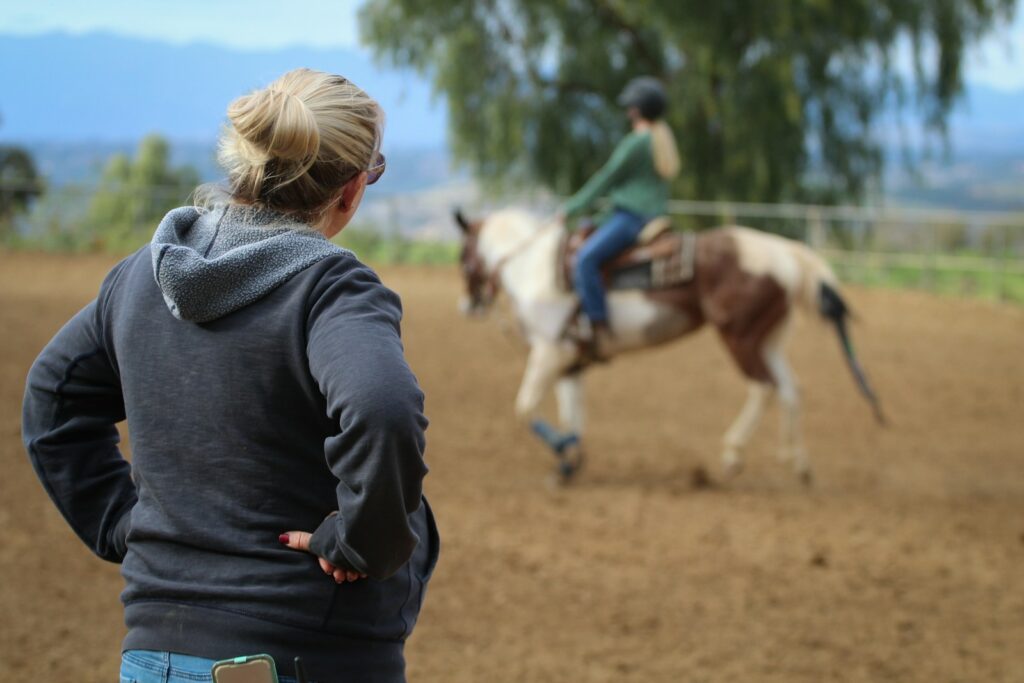
Creating a comprehensive sun protection program for your horse requires ensuring that everyone involved in their care understands and implements proper protocols. Develop clear written guidelines about sunscreen application, including which products to use, which areas to cover, and how frequently to reapply throughout the day. Train all handlers to recognize the early signs of sunburn so intervention can occur promptly before minor burns become serious. Establish specific turnout schedules that account for UV intensity at different times of day, with clear instructions about when horses should be brought in or moved to shaded areas. Create a communication system, such as a whiteboard or digital log, where caretakers can note observations about sun exposure or early signs of skin irritation. Regular refresher training, particularly before the start of summer, helps ensure that all staff members remain vigilant about sun protection throughout the highest-risk seasons.
The well-being of our equine companions depends greatly on our attentiveness to their needs, including protection from the harmful effects of excessive sun exposure. By understanding the risks, recognizing the signs of sunburn, and implementing appropriate prevention and treatment strategies, horse owners can ensure their animals remain comfortable and healthy year-round. Remember that sun protection isn’t just a summer concern—depending on your climate and your horse’s individual risk factors, it may require attention throughout the year. With proper management, even the most sun-sensitive horses can enjoy outdoor time safely, free from the pain and potential long-term consequences of sunburn. Your diligence in this aspect of horse care demonstrates the commitment to comprehensive welfare that every horse deserves.







